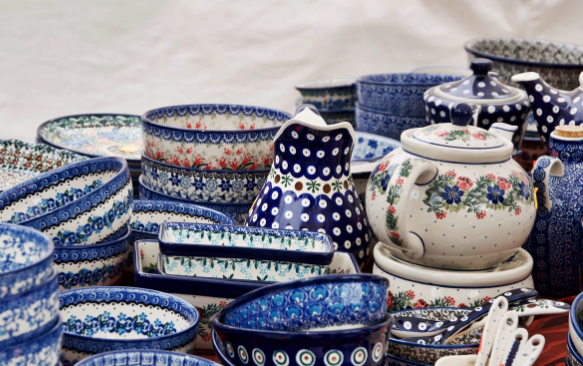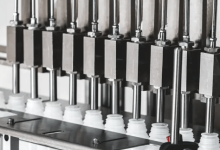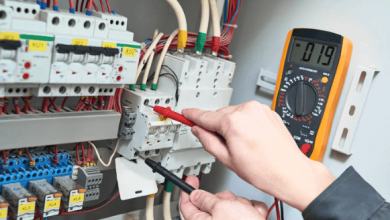Choosing Lasting Quality: The Essential Guide to Durable Ceramic Serving Bowls

Selecting the right dinnerware for your home goes beyond aesthetics; it’s about finding pieces that endure the daily hustle and bustle of kitchen life. As such, a ceramic serving bowl is a staple in most households, offering a blend of functionality and style. So, this article dives into the key features to look for in a ceramic serving dish, guiding you to choose one that marries function with lasting beauty.
Weight and Balance
A quality ceramic serving bowl possesses a reassuring weight — an indicator of the robust materials used in its creation. However, it shouldn’t feel cumbersome when carrying it from the kitchen to the dining table. The balance of the bowl is equally important; it should sit flat without wobbling, ensuring stability no matter where it’s placed. This equilibrium is essential, especially when the bowl is laden with food, as it prevents tipping and potential spills.
Surface Smoothness
The tactile experience of running your fingers across the bowl’s surface can reveal much about its quality. A bowl fired at high temperatures will have a glass-like surface, indicative of vitrification, which fortifies the vessel against water absorption and bacteria growth.
This smoothness also suggests that this tableware will be easier to clean, as food particles and stains won’t easily adhere to the surface. Moreover, a uniformly smooth surface is less prone to scratching, ensuring that the vessel maintains its appearance over time. Such meticulous finishing is a testament to the craftsmanship behind the vessel, a crucial element in its longevity.
Uniform Glazing
Glaze does more than just add colour and shine; it seals the ceramic’s pores, enhancing its durability. A uniformly glazed bowl not only looks visually appealing but also guarantees that the surface is impervious to moisture and staining agents. Inconsistencies in the glaze, such as pinholes or cracks, can become focal points for chipping or cracking under stress or thermal shock.
Additionally, a well-applied glaze contributes to the vessel’s overall strength, protecting it from the rigours of daily use, including cuts and scratches from utensils. A flawlessly glazed dish is a clear sign of a well-made piece that’s built to last.
Edge Strength
The rim or edge of the bowl often encounters the most wear and tear, from being stacked with other dishes to being tapped with utensils. A durable bowl will feature a rim that’s meticulously crafted to resist chipping, a common issue with lesser-quality ceramics.
The sound produced by gently tapping the edge of the vessel can also indicate its integrity; a dull thud may suggest hidden cracks or weaknesses within the ceramic. Reinforced edges are significant for vessels that will be frequently used and washed, ensuring they can withstand the occasional bump or knock without damage.
Heat Resistance
A versatile serving bowl is one that can transition smoothly between extreme temperatures — from baking in the oven to storing leftovers in the refrigerator. Such thermal resilience is critical to a vessel’s durability, as it reduces the risk of thermal shock, which can cause cracking or crazing.
Look for ones explicitly labelled as safe for use in the oven, microwave, and dishwasher, indicating they have been tested for thermal durability. Moreover, this versatility extends the bowl’s utility, making it a more valuable addition to your kitchen. One that can withstand these varied demands will undoubtedly serve you well for years, embodying actual durability.
Conclusion
By focusing on these five critical aspects, you’re well-equipped to choose a serving bowl that won’t just meet your immediate needs but will continue to be a part of your dining and entertaining for many years. A durable serving bowl is an investment in your home’s function and beauty.







